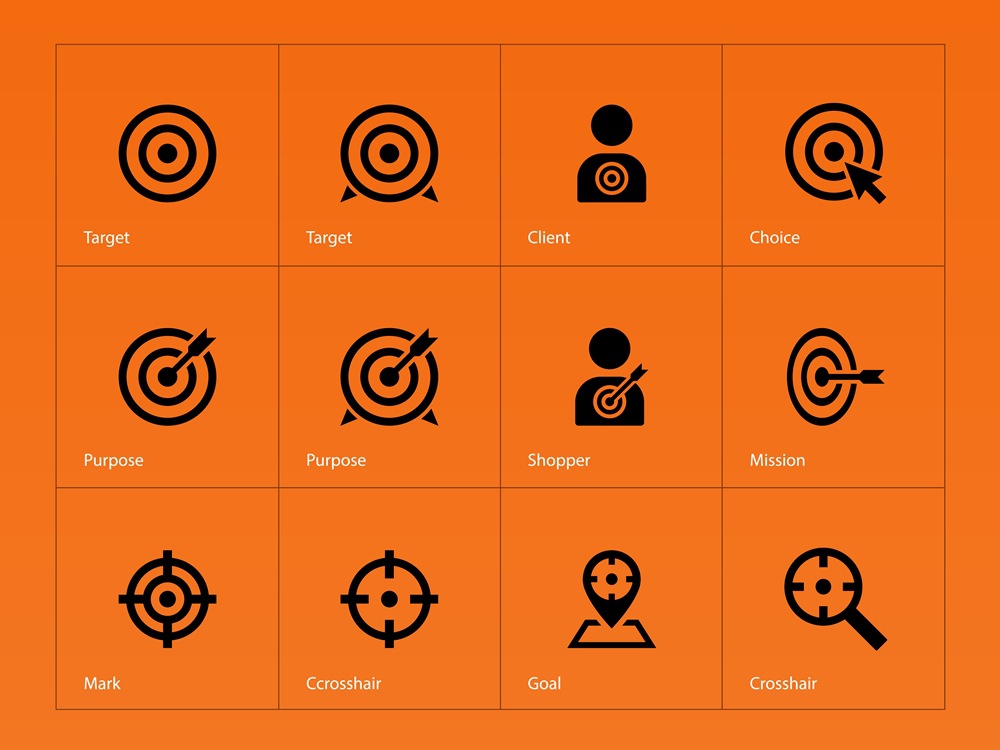It’s still 2014, but a lot has changed since the beginning of the year. Retargeting is one of those marketing tactics that has gone through the ringer as Google, searchers, and the search space in general continue to evolve. This tactic’s reputation is now a little bit blurry. Some still stand by the benefits, so will these continue to grow or fade as we enter into 2015?
It’s tough to say, so decide for yourself with some of the following pros and cons.

A Quick Recap: How Retargeting Works
Retargeting is a marketing method that will track your audience’s behavior online so your ads show up to the most relevant audience. This also benefits consumers because they will only see ads that relate to them, so everyone wins. In fact, a study by AdRoll says marketers who use retargeting generally have higher ROIs.
Here is how it works: You place a small piece of code on your website and every time someone new visits your website, the code will drop an anonymous browser cookie. Now you have “cookied” visitors, so whenever those people surf the Internet the cookie will let your retargeting provider (most likely AdWords) know when to serve that person your ads.
Whenever I talk with my family or friends about retargeting, I tell them to go take a look at the ads that are being shown to them on the web right now. In the vast majority of cases, the ads are relevant. Did you look up engagement rings last week? Are you now seeing ads for wedding venues and wedding dresses? That’s retargeting.
It’s certainly a big topic so check out an additional post on SEJ here if you’re interested in learning more.
So what’s the difference between retargeting and remarketing?
The terms “retargeting” and “remarketing” essentially mean the same thing, which has been causing confusion amongst marketers for years. According to a Moz article, Google AdWords launched a form of retargeting in their display network back in 2010, which they called “remarketing.” In other words, “remarketing is specific to Google AdWords display network, and retargeting is the marketing approach behind remarketing.”
The Pros and Cons of Retargeting Explained
While there might be a few more bullet points under the pros section, that doesn’t mean the strategy is necessarily more positive than negative. Some of the points below are more significant than others, so the pros and cons are listed in order of importance:
The Pros of Retargeting
- Previous visitors are reminded of your site. They may have clicked off quickly last time, but they still cared enough to click, so you want that second chance with that user specifically.
- Google Analytics can track how many returning visitors you are getting as well as how “loyal” the customer is, which can work directly with a retargeting campaign for easier analysis.
- You can personalize retargeting ads. Remember, people clicked your website but weren’t interested enough to convert. Try humor, facts, or a great call to action (CTA).
- The data you gather from past user patterns can help you understand your audience better and improve your website in general.
Studies and statistics according to SlideShare.net:
- Retargeted customers are 3 times more likely to click on your ad than people who haven’t interacted with your business before.
- 59% of people have a neutral reaction to retargeted ads.
- Retargeting can boost ad response up to 400%.
The Cons of Retargeting
- It makes people feel uncomfortable and can seem creepy or weird.
- Seeing your company’s ads all the time could annoy people, and they may assume “you” are following their every move.
- Your retargeting campaign could show the same products to someone who has just bought the product elsewhere (or if you are not careful, from your actual company!).
- You don’t want to show the same people the same ad over and over again (talk about annoying). This means you have to devote a lot of time into creating fresh ads.
Getting Started with Retargeting & Tips for Success
Whether or not you see the value in this practice depends on your audience and the type of company you run, However there are “correct” ways to retarget and devalue some of those cons. A few tips include:
- Put a frequency cap on your retargeting campaign to make sure they aren’t seeing your ad too often or too little. A good estimate is about 15-20 ads per month.
- Use something called “burning.” This means that if one of the people you are retargeting converts they will be removed from the campaign. This also refers to stopping the campaign for people who haven’t converted in a certain amount of time, usually 30 days.
- Segment your ads. Retargeting is a form of segmentation already, but you can go even further to make sure you have customized ads for people at all levels of your marketing sales funnel and for each of your pages. For example, if someone visited your “office supplies” page and someone else visited “buy a fax machine,” you’ll want different ads.
You can learn how to create a retargeting campaign through AdWords by visiting their remarketing Support Page.
What are your thoughts on retargeting? Are there any more pros or cons that should be added to the list? Have you had personal experiences with retargeting campaign as a consumer?
Let us know your story and your thoughts in the comment section below.
Image Credits
Featured Image: Vector Icon via Shutterstock
Post Image: Be Good via Shutterstock






![[SEO, PPC & Attribution] Unlocking The Power Of Offline Marketing In A Digital World](https://www.searchenginejournal.com/wp-content/uploads/2025/03/sidebar1x-534.png)